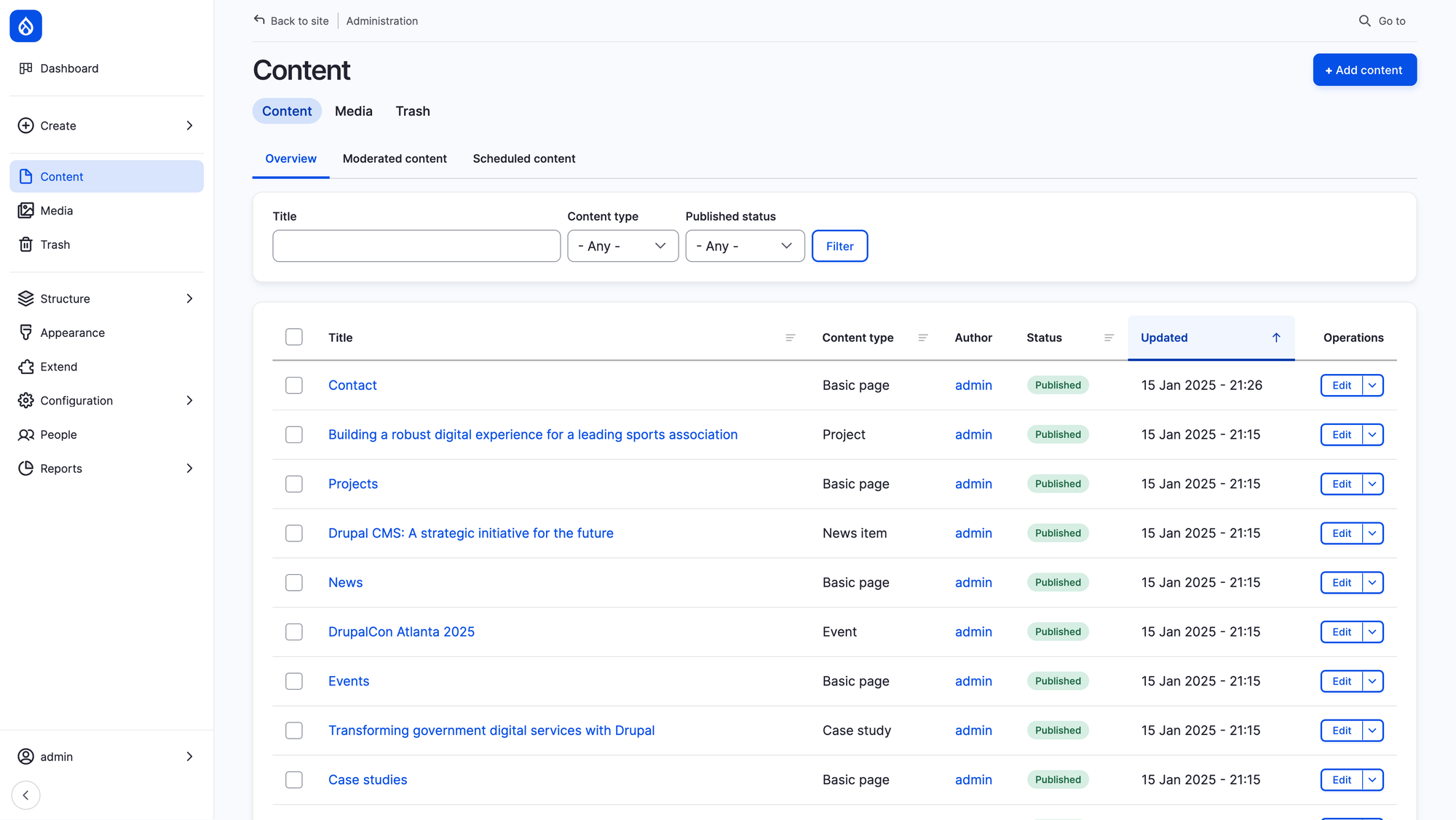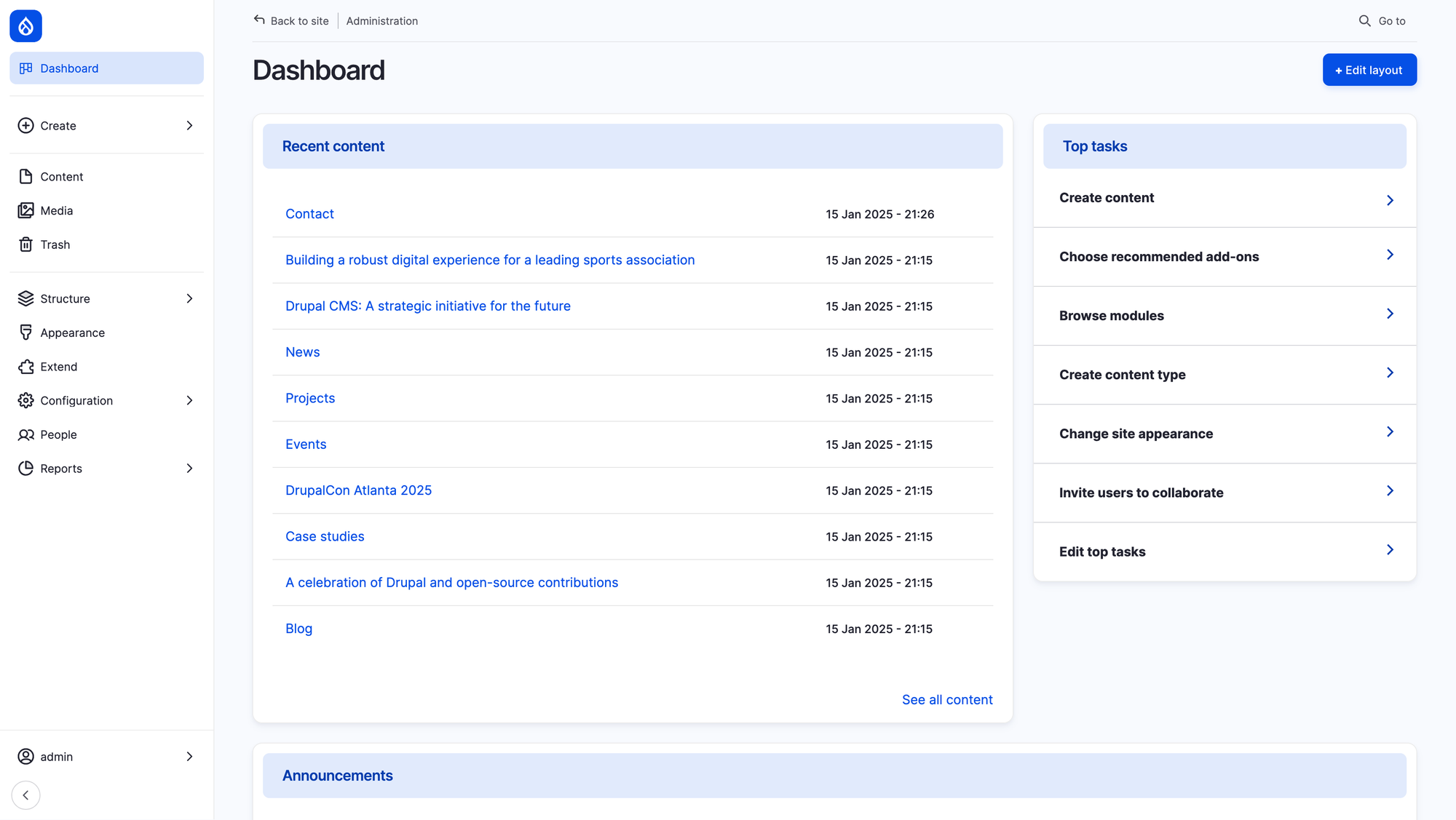Drupal CMS Released

As someone who has been developing WordPress websites for decades, I’ve had plenty of opportunities to work with different content management systems, including Drupal. While WordPress remains my primary platform, there are definitely cases where Drupal shines—particularly for higher education institutions and large, data-driven websites.
Historically, I’ve felt that Drupal struggled to provide an intuitive way to spin up marketing-driven websites quickly. This has always been one of WordPress’s strengths, and it’s why I’ve leaned heavily on it for most of my projects. However, with the release of Drupal CMS 1.0, it’s clear that the team is making strides to close that gap.
I’ve spent some time experimenting with Drupal CMS, and I’m cautiously optimistic. It appears to be heading in the right direction, with features that aim to make it more accessible for marketing teams and developers alike. That said, one thing I wish it offered out of the box is a modern block editor.



Drupal CMS
I’ll admit, I was a skeptic of Gutenberg (WordPress’s block editor) when it first launched. For years, I shunned it, sticking to tried-and-true methods of development. But after building numerous sites with it, I’ve come around—I’m sold on its flexibility and power. Having a similar tool in Drupal CMS would go a long way in making it a more competitive option for marketers and content creators.
Another thought that’s been on my mind is the ongoing drama within the WordPress ecosystem. From controversies around leadership decisions to friction between Automattic and other key players in the community, it’s been hard to ignore the tension. While WordPress remains a powerful and dominant platform, it’s a reminder that no ecosystem is immune to disruption. It’s why I believe exploring alternatives like Drupal CMS is not just interesting but necessary. If WordPress were ever to implode, having a viable backup could be critical for developers and businesses alike.
All in all, Drupal CMS 1.0 is an exciting step forward for Drupal, and I’m curious to see how it evolves. For developers like me, who’ve seen the strengths and weaknesses of both WordPress and Drupal, it’s encouraging to see more options emerging that prioritize user-friendly design and functionality. Whether or not it can truly rival WordPress remains to be seen, but I’ll definitely be keeping an eye on its progress.
If you’re curious to give it a try, you can spin up a DDEV project by downloading the zip file and running ./launch-drupal-cms.sh from the root directory.

